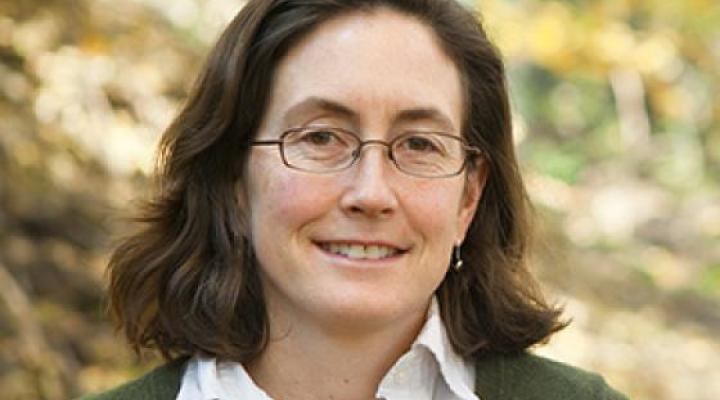Lawrence Cathles, Professor Emeritus in Cornell’s Department of Earth and Atmospheric Sciences, was selected to receive the 2021 Penrose Gold Medal from the Society of Economic Geologists (SEG).
The Penrose Gold Medal is awarded in recognition of a full career in the performance of “unusually original work in the earth sciences” and is the top medal awarded by SEG.
“I am deeply grateful and honored by this award. Being part of the quest to understand how the earth produces mineral resources and having the privilege of interacting with the remarkable members of the economic geology community would have been more than enough of a reward,” says Cathles. “To be included in the group of outstanding (even legendary) past Penrose recipients, who contributed so much to such an important science, is both unexpected and immensely gratifying.”
Cathles research typically combines fluid flow and chemistry to address such questions as: How much groundwater can an igneous intrusion convectively circulate? How much alteration/mineralization can this produce? How long will it take for the convection to cool the intrusion? What is the depth of seawater circulation at mid-ocean ridges?
Depressed heat flow near the ridge axis indicates the depth of circulation is the full thickness of the ocean crust (about 7 km). This is confirmed by the similarity between the calculated pattern of oxygen isotopic rock alteration and that observed in a section of the ocean crust exposed in Oman. The expulsion of basin brine that deposited lead and zinc from hot brines at shallow depths to form Mississippi Valley Type (MVT) deposits must have been highly focused in time as well as space. Oxygen profiles indicate that air convection is responsible for copper leaching and acid generation in industrial leach dumps - copper recovery can therefore be increased by air injection, and acid generation from the oxidation of pyrite in coal heaps can be reduced by inhibiting air convection.
Cathles investigated the migration of hydrocarbon as well as aqueous fluids, discovering how their presence can seal over-pressured fluids of all kinds in large rock volumes for hundreds of millions of years. The sudden release of these overpressured fluids provides the pulses of flow needed to explain the origin of MVT deposits. How fractures control flow is important to resources, and Cathles led efforts to develop a species of inert carbon-cored nanoparticle that can better track flow in fractures. He investigated mantle viscosity through modeling of Glacial Isostatic Adjustment.
Cathles has made many notable contributions over the course of his career including co-directing the Global Basins Research Network and directing the Cornell Institute for the Study of Continents for six years. He was the 24th Hugh Exton McKinstry Memorial Lecturer (1989) at Harvard, the 2008 Adrian Smith Lecturer at the University of Waterloo, the 2011 Distinguished Lecturer for the Society of Economic Geologists.
He is a fellow of the American Association for the Advancement of Science, a member of the SEG, and a member of the American Geophysical Union.
Many things contributed to Cathles success including stimulating colleagues from Princeton, Kennecott’s Ledgemont Laboratory, the ore deposit research group at Penn State, experts at Chevron Oil Field Research, and Cornell. Cathles also attributes his success to early exposure to geochemistry and ore deposits through Dick Holland at Princeton and being a scientist while the oceans were explored and plate tectonics discovered.
“From the start, my involvement in Economic Geology has been a wonderful adventure of discovery, and I continue to believe that the chemical anomalies we call ore deposits, far from being “mere anomalies” or “incidental spots and stains”, in fact provide a unique window into the physical earth processes that really count,” says Cathles.





